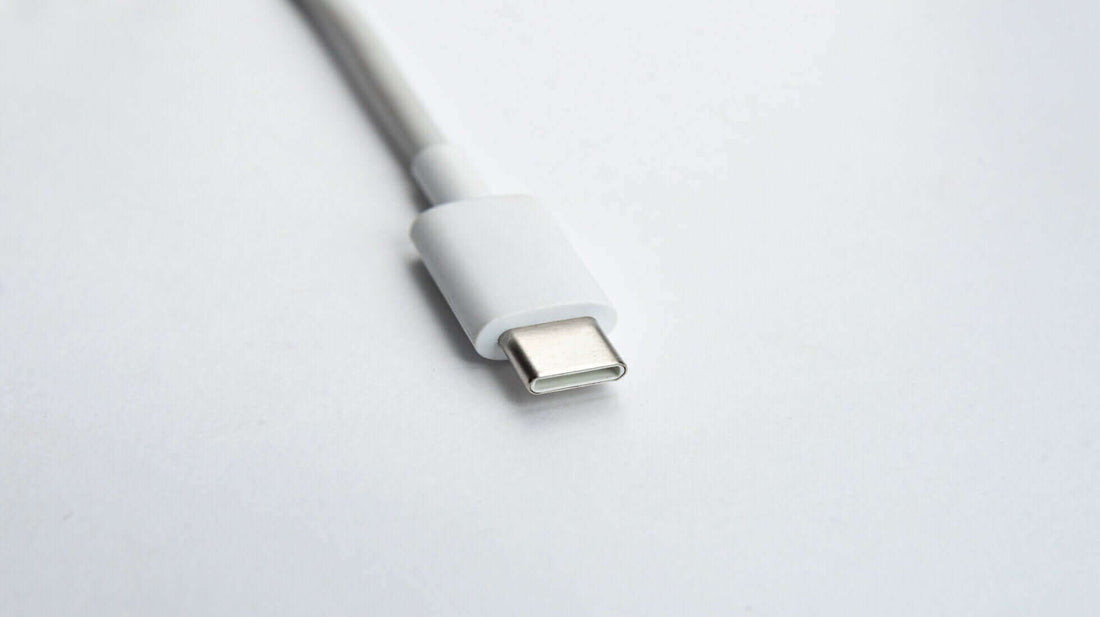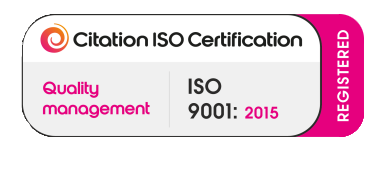
Are All USB-C Cables the Same? A Comprehensive Guide
Share
USB-C has become the universal connector for smartphones, laptops, tablets, and power banks. But not all USB-C cables are built the same. The type of USB-C cable you use directly impacts charging speed, power delivery, and data transfer performance. Understanding the differences can save you time, extend device life, and ensure you get the full benefit of your charger or rugged power bank.
What Makes USB-C Cables Different?
USB-C is the connector shape, but the specifications behind the cable determine how much power or data it can handle. Key differences include:
- USB 2.0: Basic charging, slower data transfer (480 Mbps).
- USB 3.1 / 3.2: Faster transfer speeds (up to 10 Gbps), supports higher power delivery.
- USB4 & Thunderbolt 3/4: Premium-level cables, ideal for laptops and high-power devices, supporting up to 100W charging and 40 Gbps data speeds.
Do All USB-C Cables Charge at the Same Speed?
No. The cable’s design and certification matter. While most USB-C cables can physically connect, charging speed depends on whether the cable supports Power Delivery (PD) and how many watts it can handle.
- A standard cable may only support 15W charging.
- High-quality cables support 60W or 100W, enough to charge laptops and rugged outdoor power banks like the RUGD Power Brick I.
If you’ve ever noticed your device charging slower than expected, the cable is often the weak link.
How to Choose the Right USB-C Cable
When selecting a cable, look for:
- Wattage rating: At least 60W for laptops, 100W for maximum compatibility.
- Data support: If you regularly transfer large files, choose USB 3.2 or Thunderbolt.
- Durability: For camping or outdoor use, a rugged braided USB-C cable prevents fraying and damage.
- Certification: USB-IF certified cables guarantee safe charging.
For reliable performance, consider the Rhino Power 60W USB-C Charging Cable, designed to deliver fast charging with reinforced durability for both daily and outdoor use.
Common Misconceptions About USB-C Cables
- “Any USB-C cable works for fast charging” – False. Many cheap cables only deliver basic speeds.
- “Data speed doesn’t affect charging” – Indirectly true. While data specs don’t control power, higher-spec cables are usually built to support higher charging wattages.
- “Cables don’t affect device safety” – Wrong. Poorly made cables can overheat or damage batteries.
USB-C Cables and Outdoor Charging
If you rely on portable rugged power banks, your cable is as important as the charger itself. A waterproof or rugged USB-C cable ensures consistent charging even in outdoor conditions, whether you’re hiking, camping, or traveling. Pairing your power source with the Rhino Power USB-C Cable ensures you’ll always get the full charging speed your device supports.
FAQs About USB-C Charging Cables
Do all USB-C cables support fast charging?
No. Only cables rated for USB Power Delivery (PD) and higher wattages (60W–100W) can deliver true fast charging.
Can I use the same USB-C cable for my phone and laptop?
Yes, but make sure the cable supports 60W or above. Many phone cables are capped at 15W–30W and won’t charge laptops effectively.
How do I know if my USB-C cable supports 100W?
Look for markings on the cable or check the manufacturer’s specifications. Certified high-power cables usually state their wattage.
Are rugged USB-C cables worth it?
For outdoor use, yes. Rugged or braided cables reduce breakage, resist water and dust, and are ideal for use with RUGD rugged power banks. The Rhino Power 60W USB-C Charging Cable is a great example, combining fast charging with durability.
Key Takeaway
Not all USB-C cables are the same. From charging speeds to safety, choosing the right one makes a big difference. For the best results, always match your cable to your device’s power needs and invest in durable, outdoor-ready accessories.
Pairing the right cable with your power source makes all the difference. Explore our rugged power banks designed to keep your devices charged wherever adventure takes you.

